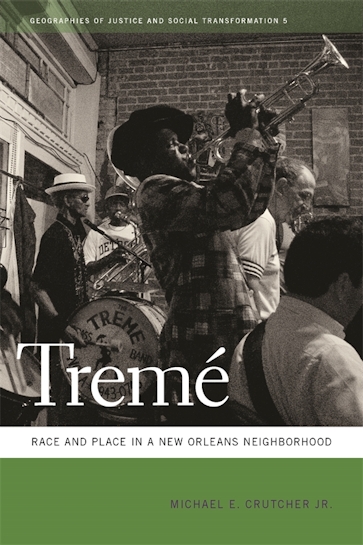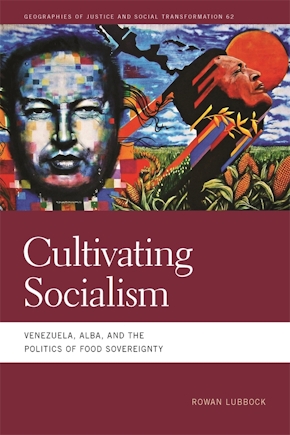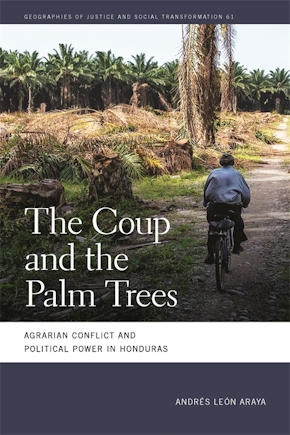Tremé
Race and Place in a New Orleans Neighborhood
Title Details
Pages: 204
Illustrations: 8 b&w photos
Trim size: 6.000in x 9.000in
Formats
Paperback
Pub Date: 12/01/2010
ISBN: 9-780-8203-3595-7
List Price: $27.95
Hardcover
Pub Date: 12/01/2010
ISBN: 9-780-8203-3594-0
List Price: $120.95
Related Subjects
SOCIAL SCIENCE / Human Geography
SOCIAL SCIENCE / Sociology / Urban
POLITICAL SCIENCE / Public Policy / City Planning & Urban Development
Tremé
Race and Place in a New Orleans Neighborhood
Skip to
- Description
- Reviews
Across Rampart Street from the French Quarter, the Faubourg Tremé neighborhood is arguably the most important location for African American culture in New Orleans. Closely associated with traditional jazz and “second line” parading, Tremé is now the setting for an eponymous television series created by David Simon (best known for his work on The Wire).
Michael Crutcher argues that Tremé’s story is essentially spatial—a story of how neighborhood boundaries are drawn and take on meaning and of how places within neighborhoods are made and unmade by people and politics. Tremé has long been sealed off from more prominent parts of the city, originally by the fortified walls that gave Rampart Street its name, and so has become a refuge for less powerful New Orleanians. This notion of Tremé as a safe haven—the flipside of its reputation as a “neglected” place—has been essential to its role as a cultural incubator, Crutcher argues, from the antebellum slave dances in Congo Square to jazz pickup sessions at Joe’s Cozy Corner.
Tremé takes up a wide range of issues in urban life, including highway construction, gentrification, and the role of public architecture in sustaining collective memory. Equally sensitive both to black-white relations and to differences within the African American community, it is a vivid evocation of one of America’s most distinctive places.
When Zora Neale Hurston noted that New Orleans was the fountainhead of African American culture, she was talking about Tremé. Michael Crutcher’s book is a long overdue study of this critically important neighborhood—a place that exemplifies key issues about race and gentrification in the postindustrial United States. Given its timely subject matter and accessible style, the book should be of interest to scholars as well as general readers.
—Anthony J. Stanonis, author of Creating the Big Easy: New Orleans and the Emergence of Modern Tourism, 1918–1945
Never before has the mystery and glory of Faubourg Tremé been brought together in one volume. For the knowledgeable insider, Michael Crutcher’s research conquers familiar myths with facts, and elevates other myths to the status of verifiable truth. For those students who are unfamiliar with this unique American neighborhood, Crutcher makes a cogent argument in clear prose for why this place is worthy of attention, study, and celebration.
—Lolis Eric Elie, writer for the television program Treme
This work fills a void in the geographic literature that investigates the historical evolution of a New Orleans neighborhood associated with free people of color and its contemporary destruction and reconstruction. The text is written in clear, jargon-free language—an accomplishment for any author dealing with such complex theoretical concerns.
—Toni Alexander, Journal of Cultural Geography
Mutti Burke has pioneered into new historiographical territory, and On Slavery’s Border will be profitably read by specialists, generalists, and graduate students alike.
—Dave E. Paterson, Journal of Southern History
—Ina Fandrich, Louisiana History



